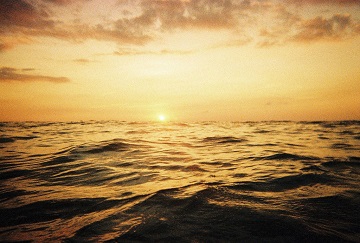641122-heat wave.jpg

Marine heat waves can stress and even kill ocean and coastal wildlife. Credit: mayrpamintuan, CC BY-NC-SA 2.0.
Big heat waves are hotter, more common, and cause more suffering than ever—and not just on land. Marine heat waves are a problem as well. Eight of the 10 largest ever seen have occurred since 2010—a result of Earth’s warming climate. And the hot spells are likely to become an even bigger challenge in the decades ahead.
A marine heat wave is just what it sounds like: A large patch of water that’s much warmer than average. The heat wave can last anywhere from days to years. The biggest one ever seen, known as “the Blob,” began in 2013 and lasted more than two years. That heat wave boosted the temperature of a 2,000-mile stretch of the Pacific Ocean off North America by about four and a half degrees.
Marine heat waves can be caused by changes in the atmosphere, or in the currents that flow through the oceans. And the consequences can be nasty. Heat waves can kill off the tiny organisms that feed the rest of the marine food chain. With less to eat, many animals starve. During the big heat wave of the last decade, for example, a million seabirds died in Alaska. Fewer salmon returned to their native rivers in the northwest. Thousands of seal pups were stranded in California when their mothers had to travel far away to find food. And the warmer water fed algal blooms that affected people and wildlife alike all along the West Coast.
The problems are likely to intensify as Earth gets hotter—increasing the suffering across land and sea.

